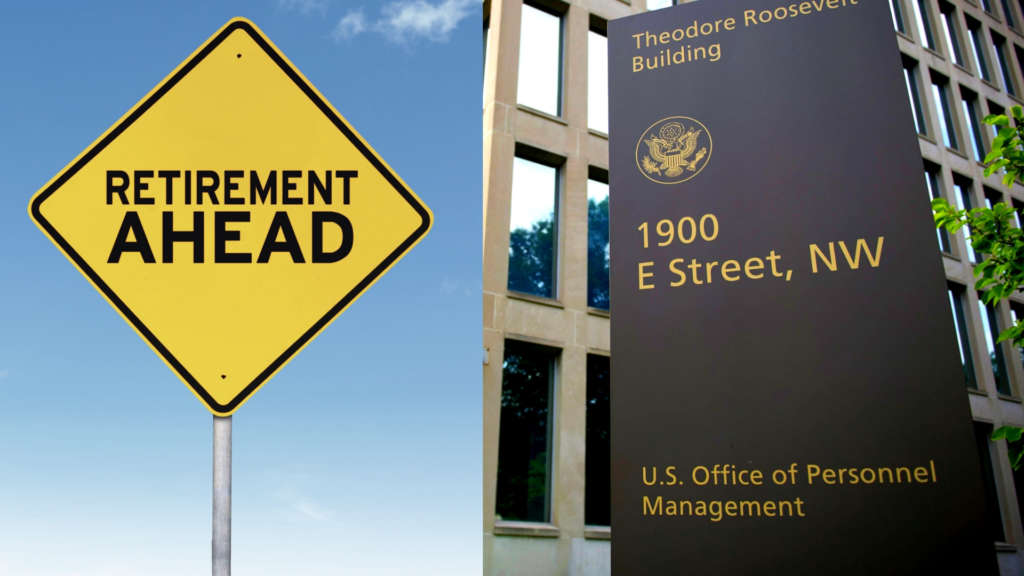With President Donald Trump officially sworn in as the 47th U.S. president, American investors are preparing for policy changes they could face under the new administration. One of the policy centerpieces of Trump’s first term in office was his trade war, including tariffs on imported goods from China and other countries. In 2025, many of the tariffs Trump imposed during his first term are still in place, and he has said he is considering imposing new 25% tariffs on imports from Mexico and Canada as soon as Feb. 1.
[Sign up for stock news with our Invested newsletter.]
Here’s a rundown of what every investor should know about tariffs and how they could impact the markets in 2025 and beyond:
— Tariff definition.
— Current tariffs vs. proposed tariffs.
— Potential market impact.
— How tariffs impact investing strategy.
Tariff Definition
A tariff is a tax imposed specifically on imported goods. The goal of tariffs is to stabilize prices or reduce imports to support domestic businesses that compete with foreign companies.
For example, Chinese producers of solar panels can undercut U.S. producers on price, flooding the market with supply and making it difficult for American companies to maintain profit margins. One solution to this problem is tariffs, which make imported solar panels more expensive in the U.S. market and help American companies compete.
Advocates for tariffs, including Trump, often describe them as a tax on foreign businesses. While tariffs do serve as a headwind for foreign companies selling goods to the U.S., the cost of the tariffs is often borne by companies and consumers that buy the imported goods. Tariffs help support domestic businesses by artificially supporting prices, but other domestic businesses and consumers end up paying those higher prices.
During his first term in office, Trump frequently cited the U.S. trade deficit with China as a justification for implementing tariffs. A trade deficit is created when a country’s imports exceed its exports. In other words, countries generate a trade deficit when they are a net importer of goods. Because the U.S. has certain protections for workers, minimum wage laws and other regulations, American companies often have higher production costs than foreign companies. As a result, foreign companies can underprice U.S. companies.
In 2024, the U.S. had a more than $1 trillion trade deficit, according to the U.S. Census Bureau.
Current Tariffs vs. Proposed Tariffs
The first Trump administration implemented multiple rounds of tariffs that impacted a total of more than $380 billion in trade and boosted taxes by roughly $80 billion.
Here’s a rundown of the Trump era tariffs:
— January 2018: The Trump administration announced various tariffs on washing machines and solar cell and module imports. The washing machine tariffs expired in February 2023.
— March 2018: Trump announced a 25% tariff on imported steel and a 10% tariff on imported aluminum.
— July to August 2018: The U.S. implemented a 25% tariff on about $50 billion of Chinese products.
— September 2018: Trump launched a new 10% tariff on another $200 billion in Chinese goods.
— May 2019: The 10% tariffs on $200 billion in Chinese goods increased to 25% tariffs.
— September 2019: Trump imposed a 15% tariff on $112 billion of additional Chinese imports.
— October 2019: The U.S. imposed 10% tariffs on aircraft and 25% tariffs on agricultural and other products imported from Europe.
The Biden-Harris administration opted to maintain many of the Trump tariffs, but also implemented some of its own:
— June 2021: The Biden administration suspended Trump’s tariffs on European goods for five years.
— May 2024: Biden announced new tariffs on $18 billion in Chinese imports ranging from 25% to 100%. The goods include steel and aluminum products, semiconductors, electric vehicles, natural graphite and other critical materials, batteries and battery parts, medical goods, cranes, magnets, and solar cells. Some of these tariffs went into effect immediately, while others are scheduled to be implemented in 2025 or 2026.
Looking ahead, Trump has proposed levying a 60% tariff on all goods from China, a 25% tariff on all goods from Canada and Mexico, and a 10% to 20% tariff on all other imported goods. He has also mentioned imposing tariffs of 100% to 200% for Deere & Co. (ticker: DE) and U.S. automakers importing vehicles from Mexico. Critics have condemned Trump’s tariff threats, claiming additional tariffs would reduce economic growth, increase inflation and raise costs for American families and businesses. On his first day in office, Trump ordered the secretaries of Commerce and Treasury and the U.S. Trade Representative to conduct an investigation into the causes of America’s trade deficit, identify unfair trade practices and review existing U.S. trade agreements to identify potential improvements.
Potential Market Impact
In general, higher tariffs would be bad news for foreign companies that export goods to the U.S., particularly those based in China. They would likely also be bad news for companies like John Deere, automakers and any other U.S. companies that rely heavily on imports. American companies that produce domestically would likely not be impacted as much, though there could still be cost increases in their supply chains.
Nelson Chu, founder and CEO of Percent, says tariffs generally raise the cost of imported goods for American companies, which can eat into profits.
“President Trump’s proposed tariffs, even if partially implemented, would strain the economy as it drives up the cost of goods for everything from groceries to cars, clothing and electronics,” Chu says.
Unfortunately for investors, Chu says it’s very difficult to predict what tariffs Trump will actually impose and anticipate how they could impact the market.
“Nobody knows exactly how these tariffs will play out, if at all, and it runs counter to several other policies they have said they are keen to implement, such as wanting to lower rates, which will drive economic growth,” he says.
How Tariffs Impact Investing Strategy
Higher U.S. tariffs would certainly cause a major disruption for domestic and foreign companies that rely heavily on U.S. imports. Unfortunately, those disruptions may not necessarily translate to predictable stock market trades.
Shinobu Hindert, certified financial planner and author of “Investing Is Your Superpower,” says successfully trading tariff policy is easier said than done.
“Tariffs can create market volatility, but the speed at which these policies will be implemented is uncertain,” Hindert says.
In fact, Charles Schwab found Trump’s first-term trade war had “little impact on stocks.” Surprisingly, Schwab found the stock prices of domestically focused companies did not outperform stocks that had high international exposure.
It may seem like an obvious way to trade new China tariffs is a pair trade, taking a long position in the SPDR S&P 500 ETF Trust (SPY) and a short position in the iShares China Large-Cap ETF (FXI). However, SPY outperformed FXI by a far wider margin under Biden than it did during Trump’s first-term trade war with China.
To complicate matters further, tariffs are not implemented in a vacuum. Other policy changes and economic variables may water down or offset a market reaction to new tariffs.
“Instead of making adjustments to your investment strategy in the short term, focus on staying informed with current tariff developments and their potential impact,” Hindert says.
Cliff Ambrose, federal retirement consultant and founder and wealth manager at Apex Wealth, says most investors should simply ignore changes in tariff policies and stay disciplined.
“While tariffs can influence market conditions, it’s generally not a good idea to make drastic changes to your investment strategy based on short-term policy shifts,” Ambrose says.
“Tweaking your strategy too often in reaction to things like tariffs can lead to poor timing decisions or increased fees from frequent trading.”
Instead, Ambrose says long-term investors should focus on maintaining a diversified portfolio of high-quality investments that can withstand fluctuations in specific market sectors.
More from U.S. News
7 Best Pharmaceutical Stocks to Buy for Income
9 Best Cheap Stocks to Buy Under $10
7 Best Cheap Dividend Stocks to Buy Under $10
How Will Tariffs Affect Your Investments? originally appeared on usnews.com
Update 01/27/25: This story was previously published at an earlier date and has been updated with new information.













